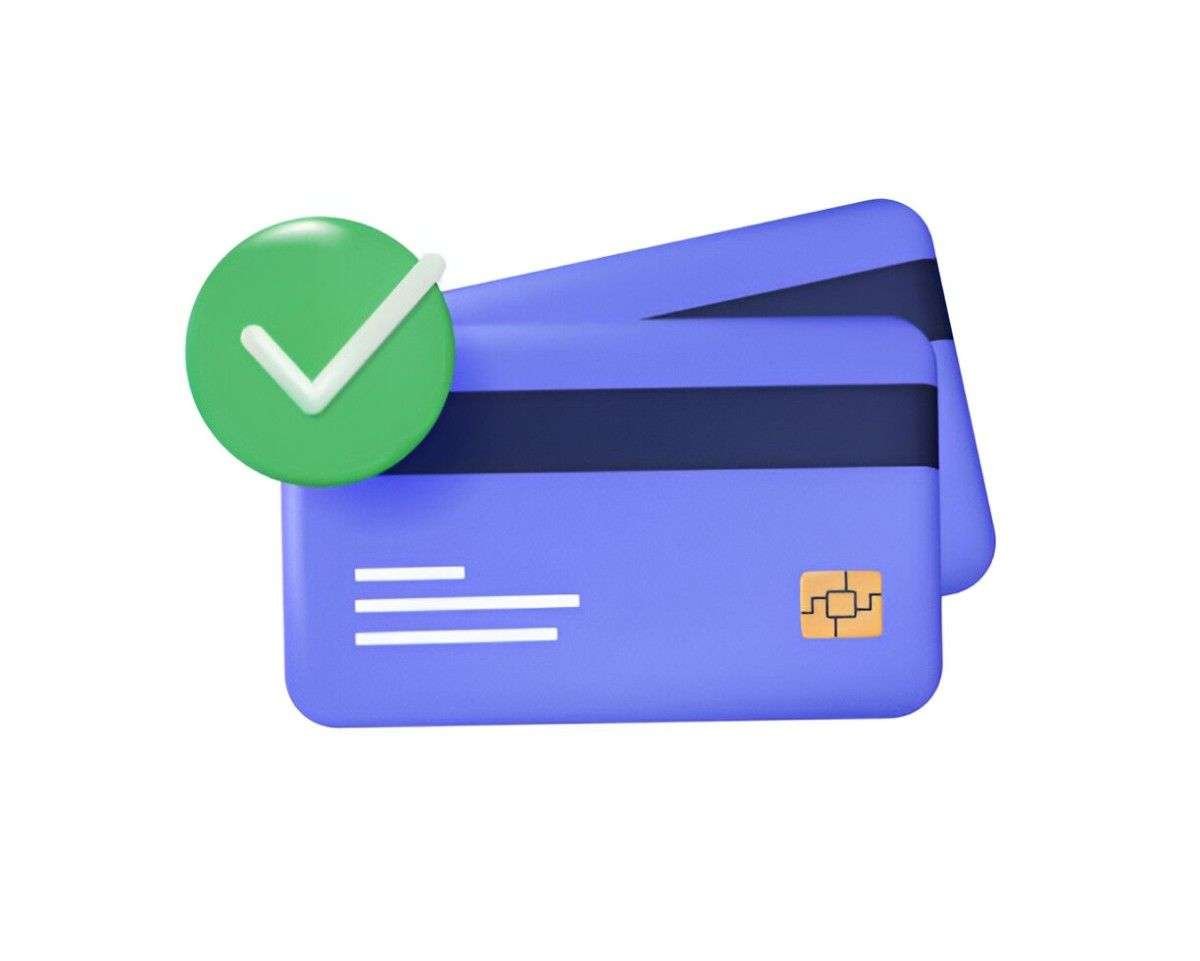Credit cards have become an essential part of financial transactions worldwide. Whether purchasing groceries, booking travel, or paying for services, businesses that accept credit cards offer convenience and flexibility. I have observed that businesses accepting credit cards attract more customers, simplify their accounting processes, and improve cash flow. In this article, I will explore the importance of credit card acceptance, its benefits, costs involved, and practical considerations for businesses.
Table of Contents
Why Businesses Accept Credit Cards
Businesses choose to accept credit cards for several reasons. First, it enhances customer convenience. In today’s economy, many consumers prefer to pay with credit rather than cash. Carrying cash can be cumbersome and risky, while credit cards provide an easy way to complete transactions. Accepting credit cards allows businesses to meet customer expectations and remain competitive.
Another reason businesses accept credit cards is increased sales potential. Studies show that customers tend to spend more when using credit cards. This happens because credit cards allow them to purchase items they might not afford upfront. By offering credit card payment options, businesses can tap into a broader customer base and encourage higher spending.
Finally, accepting credit cards improves cash flow and reduces the burden of handling cash. Payments are processed electronically, eliminating the risks associated with cash handling, such as theft or counting errors. Transactions also get settled faster, which helps in maintaining a healthy financial position.
Costs of Accepting Credit Cards
Accepting credit cards comes with various costs that businesses need to consider. These include processing fees, hardware expenses, and potential chargebacks.
| Cost Type | Description | Estimated Cost |
|---|---|---|
| Processing Fees | Percentage of each transaction charged by banks | 1.5% – 3.5% |
| Monthly Fees | Cost of maintaining a merchant account | $10 – $50 |
| Hardware Costs | Cost of credit card readers and terminals | $100 – $1,000 |
| Chargebacks | Disputed transactions leading to refunds | Varies |
Processing fees are the most significant expense. Typically, credit card companies charge a percentage of each sale. Additionally, some providers impose flat fees for each transaction. Businesses must evaluate these costs carefully to ensure profitability.
Choosing the Right Payment Processor
Selecting a payment processor is crucial for businesses that want to accept credit cards. I recommend considering factors such as fees, compatibility with existing systems, security measures, and customer support. Some well-known payment processors include Stripe, Square, and PayPal. Each provider offers different pricing models and features, which businesses should compare before making a decision.
| Payment Processor | Transaction Fees | Monthly Fees | Notable Features |
|---|---|---|---|
| Stripe | 2.9% + $0.30 | None | Online integration, scalability |
| Square | 2.6% + $0.10 | None | POS system, mobile payments |
| PayPal | 2.9% + $0.30 | None | E-commerce-friendly, global reach |
Each business has unique needs, and the right processor will depend on factors such as sales volume and the types of transactions processed.
Security Considerations
Credit card acceptance introduces security concerns that businesses must address. Fraud and data breaches pose significant risks, and compliance with the Payment Card Industry Data Security Standard (PCI DSS) is mandatory. Ensuring that payment systems are secure protects both the business and its customers.
Some essential security measures include:
- Using EMV chip readers to reduce fraud risk
- Encrypting cardholder data
- Regularly updating software to fix vulnerabilities
- Implementing strong access controls for staff
Failing to comply with security standards can result in hefty fines and loss of customer trust. I always advise businesses to stay proactive and prioritize security.
How Credit Card Payments Work
Understanding how credit card payments work helps businesses make informed decisions. When a customer swipes, taps, or enters their card details online, the payment process involves multiple steps:
- Authorization: The payment processor sends transaction details to the customer’s bank for approval.
- Authentication: The bank verifies the customer’s identity and checks available funds.
- Settlement: If approved, funds are transferred from the customer’s account to the merchant’s account.
This entire process takes only a few seconds but involves several entities, including the merchant, payment processor, card network (Visa, Mastercard), and issuing bank.
Pros and Cons of Accepting Credit Cards
It is important to weigh the benefits and drawbacks of accepting credit cards before deciding. Here is a summary:
| Pros | Cons |
|---|---|
| Increased sales potential | Processing fees |
| Improved cash flow | Risk of chargebacks |
| Enhanced customer trust | Compliance requirements |
| Easier accounting | Dependence on third-party systems |
Despite the costs and risks, the benefits of accepting credit cards often outweigh the drawbacks, especially for businesses aiming to scale.
Alternative Payment Options
While credit cards are widely used, businesses should also consider alternative payment methods to cater to diverse customer preferences. Some alternatives include:
- Mobile payments (Apple Pay, Google Pay)
- Digital wallets (PayPal, Venmo)
- Buy Now, Pay Later services (Afterpay, Klarna)
- Traditional cash and checks
Offering multiple payment options ensures that businesses do not miss out on potential sales.
Steps to Start Accepting Credit Cards
If you are considering accepting credit cards for your business, here are the key steps:
- Evaluate Costs: Determine the potential impact of processing fees on your profit margins.
- Choose a Payment Processor: Compare providers based on features and pricing.
- Obtain Necessary Equipment: Purchase card readers or integrate online payment gateways.
- Ensure Compliance: Implement security measures to meet PCI DSS standards.
- Train Staff: Educate employees on proper usage and fraud prevention.
By following these steps, businesses can smoothly transition into credit card acceptance.
Conclusion
Accepting credit cards is a strategic decision that offers many advantages, including increased sales, improved cash flow, and customer satisfaction. However, businesses must carefully consider costs, security, and compliance before implementation. By selecting the right payment processor and adopting best practices, businesses can maximize the benefits of credit card acceptance while minimizing risks.





